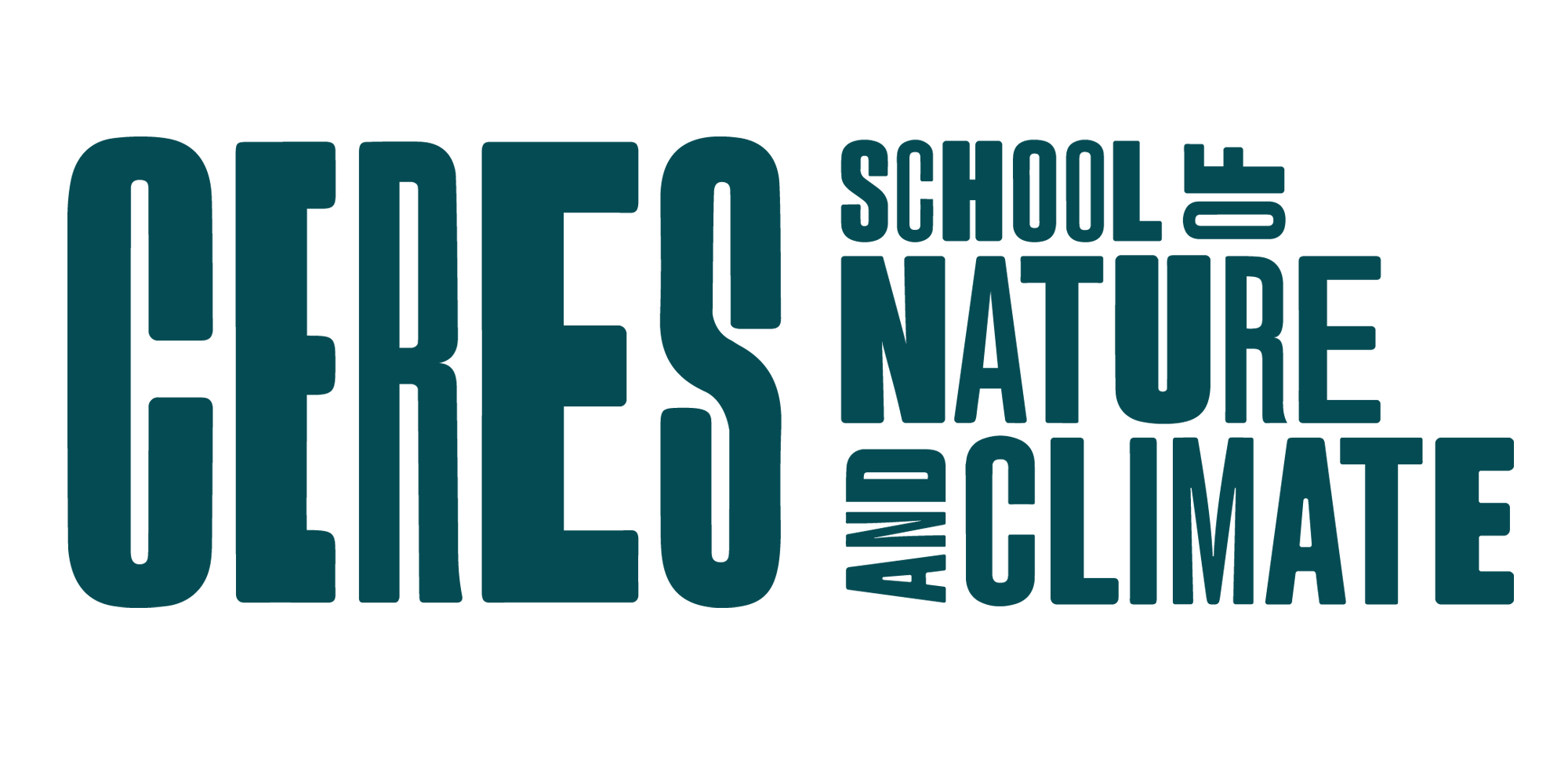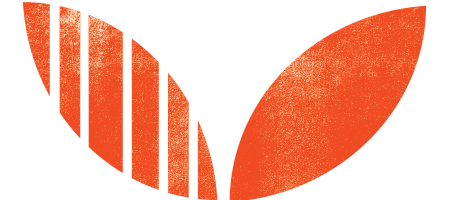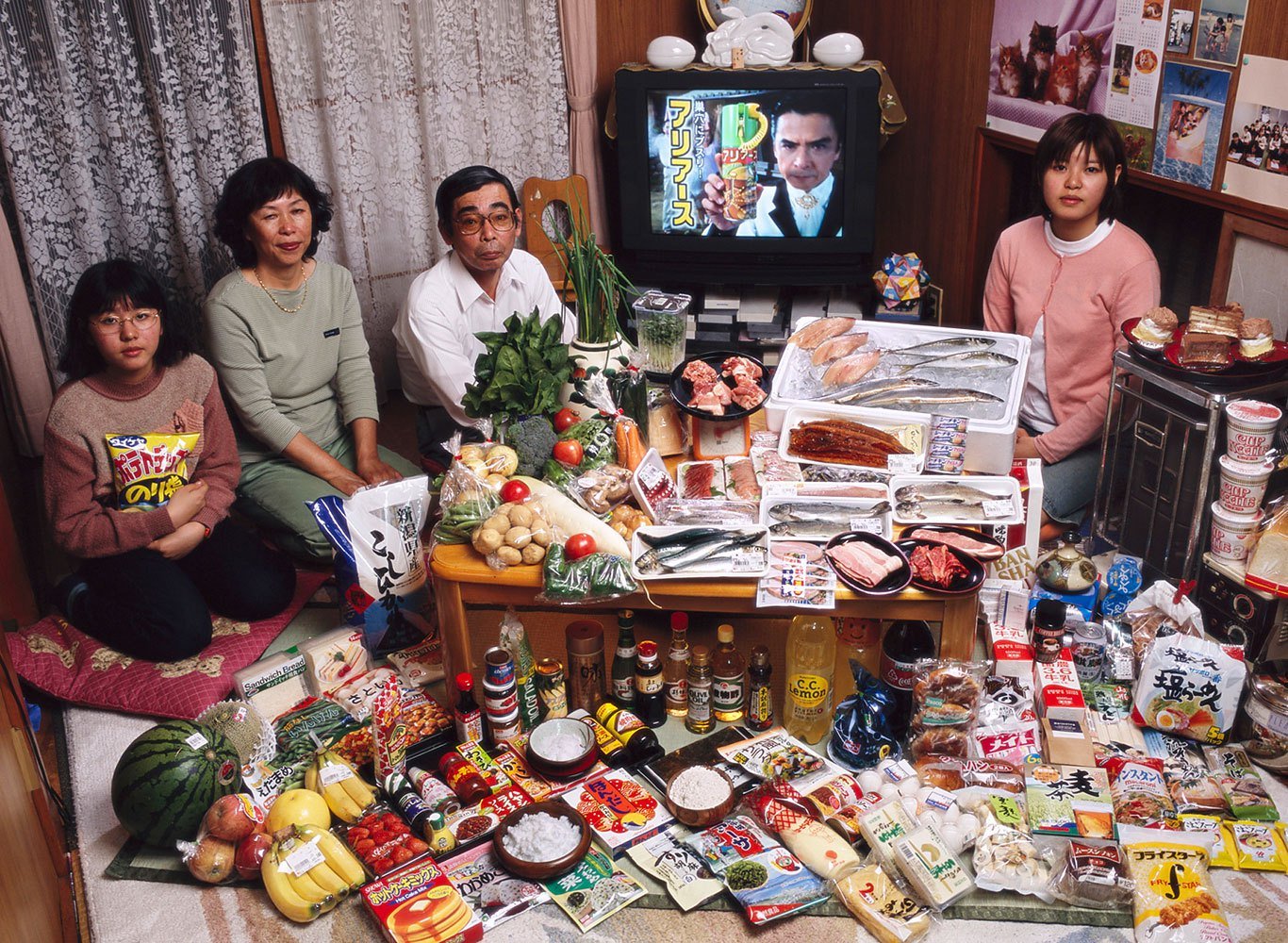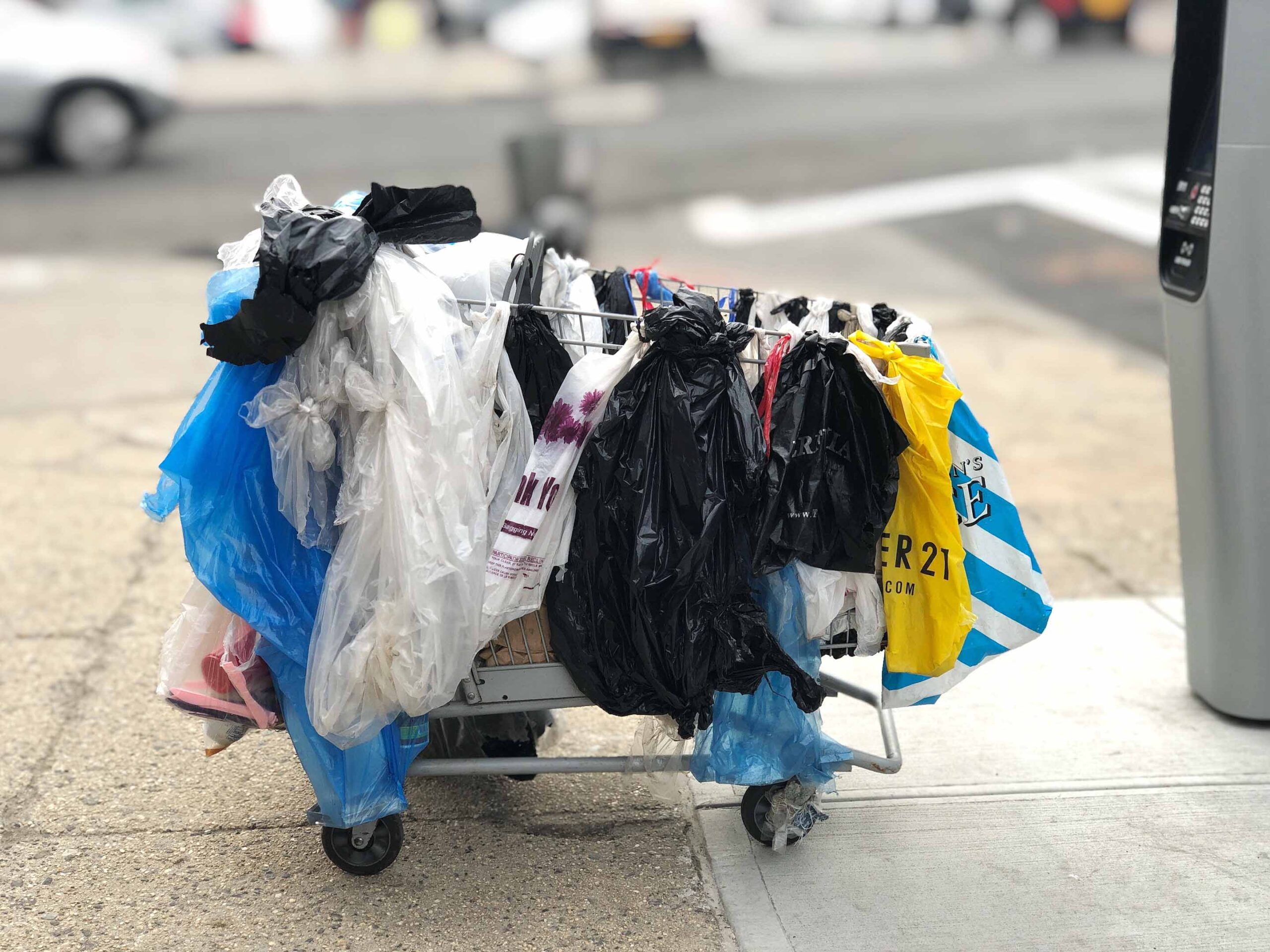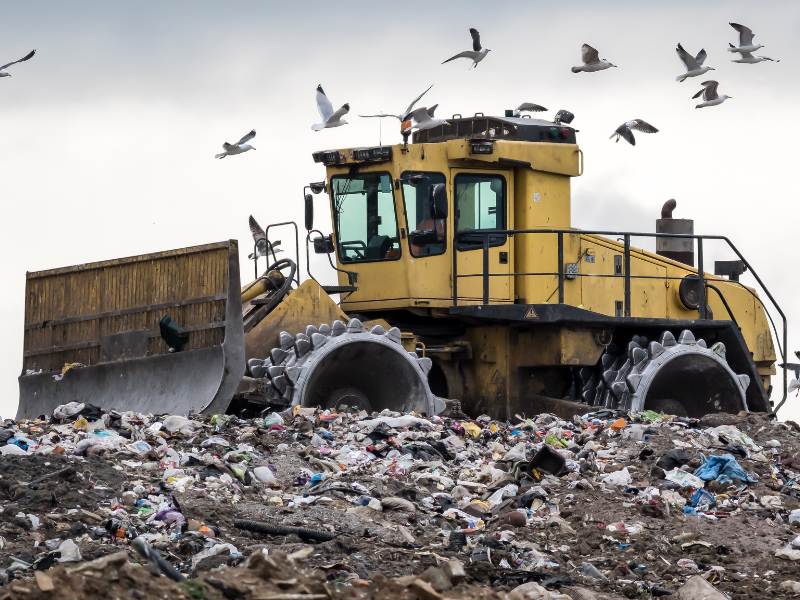Hungry Planet Curriculum Activity
Suitable for Primary (Years 5-6)
Victorian Curriculum Links:
Geography
5-6: (VCGGK096); (VCGGK093)
Design & Technologies
5-6: (VCDSTC036);(VCDSTC035)
History
5-6: (VCHHK095)
Economics & Business
5-6: (VCEBC005)
Activity Description
The Hungry Planet activity is based on Peter Menzel and Faith D’Aluisio’s book showcasing what families from around the world eat during the course of a week. The activity raises awareness around different culture’s relationship and access to food, as well as traditions and food preparations. Students will look at portraits of entire families surrounded by a week’s worth of groceries and are asked to match the photo with the family’s name, location and dollar amount spent on food.
Key Concepts
5Rs (Refuse, Rethink, Reduce, Reuse, Recycle) Plastics, Landfill
Key Learning Intentions
1. Understand ways to minimise waste through the application of the 5Rs
2. Identify materials that can be reused or recycled into new products
3. Sort and categorise materials on the basis of observable properties such as texture and flexibility
Suggestions for Assessment
Formative
1. Participation in the Hungry Planet activity
2. Participation in the Discussion questions below
Instructions
1. Match the family with their food
Match the family photo with their name, location and how much money they spend on food per week.
2. Discussion
1. How much do different families spend on food and why? Consider cost, volume and packaging.
2. List the names of the families in order according to how much rubbish they produce (e.g. from most to least amount of rubbish)
3. Which families do you think have the healthiest diet?
4. Which family most closely represents your family’s weekly food consumption?
Suggested ResourceSmart Schools Module Links
Undertaking the activity as described above links to the ResourceSmart Schools Waste Module – actions B1.2
Below is a list of extension activities that link to additional actions of the Waste module:
- Students record what they/their family eats in a week (diary, table, pictures). Information recorded can include packaging, food source, food miles, health rating, processed/wholefood rating (ResourceSmart Schools Waste Module – actions B1.3)
- Working in small groups, provide students with examples of a meal and determine how far each item has travelled (refer to page 50 of Sustainability Victoria’s ResourceSmart Schools Curriculum Links document for full breakdown of this activity) (ResourceSmart Schools Waste Module – action B1.3)
- Students run a Nude Food lunch day at your school to raise awareness about healthy eating, packaging and litter. Follow up with a whole school community survey to investigate opportunities to hold these on an ongoing basis (ResourceSmart Schools Waste Module – actions A3.1, A3.2, B1.4, C1.2, C1.4, C2.1)
- Explore traditional cooking and food preparation methods of Aboriginal and Torres Strait Islander people using media resources such as Wild Kitchen with Clayton (ABC TV series),Tasty bush tucker (ABC Gardening Australia), About Native Australian food practices (SBS article) (ResourceSmart Schools Waste Module – action B1.5)
- Students write a learning story about key findings of the activity and share in your school’s newsletter and website, including tips to reduce food miles and packaging (ResourceSmart Schools Waste Module – actions C1.1, C1.3, C3.5)
Speak to your CERES ResourceSmart Schools Facilitator about further links to the Waste Module.
